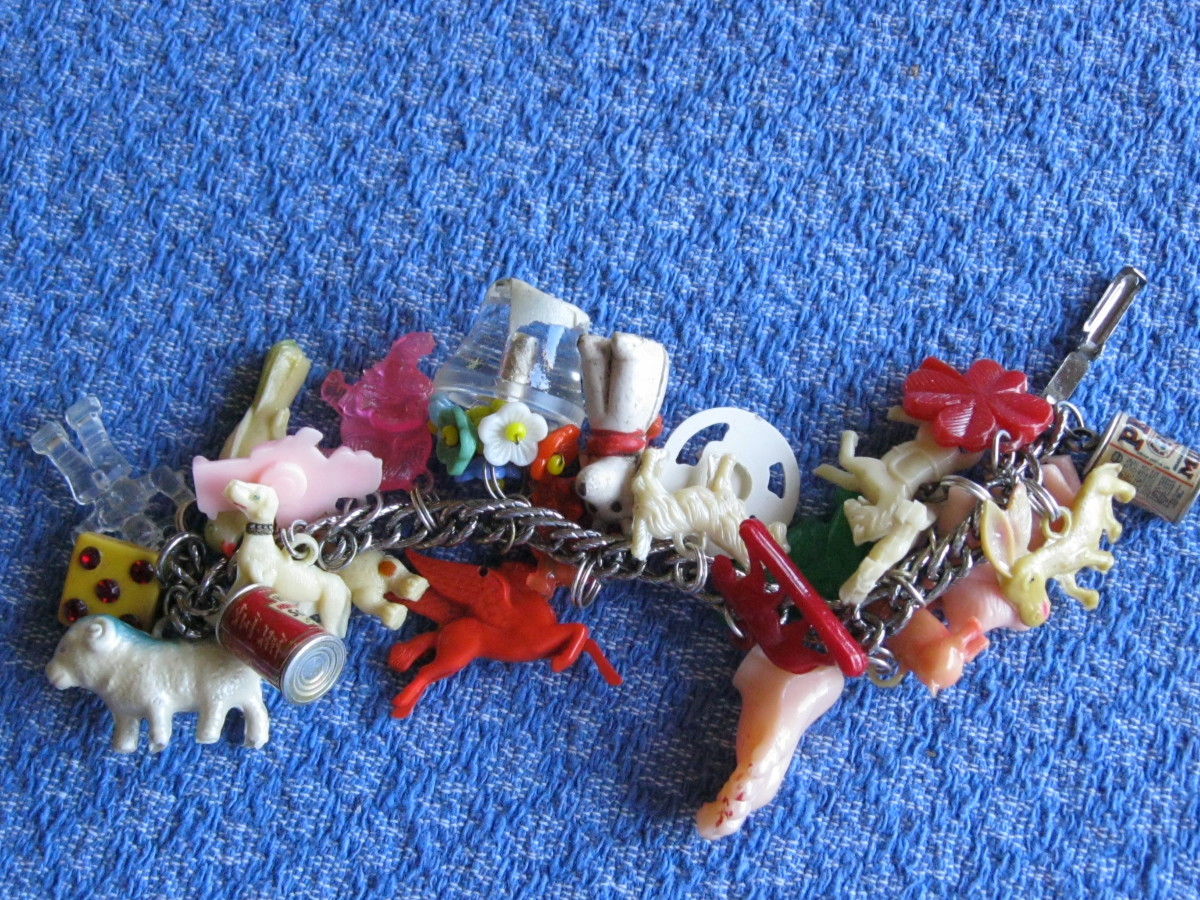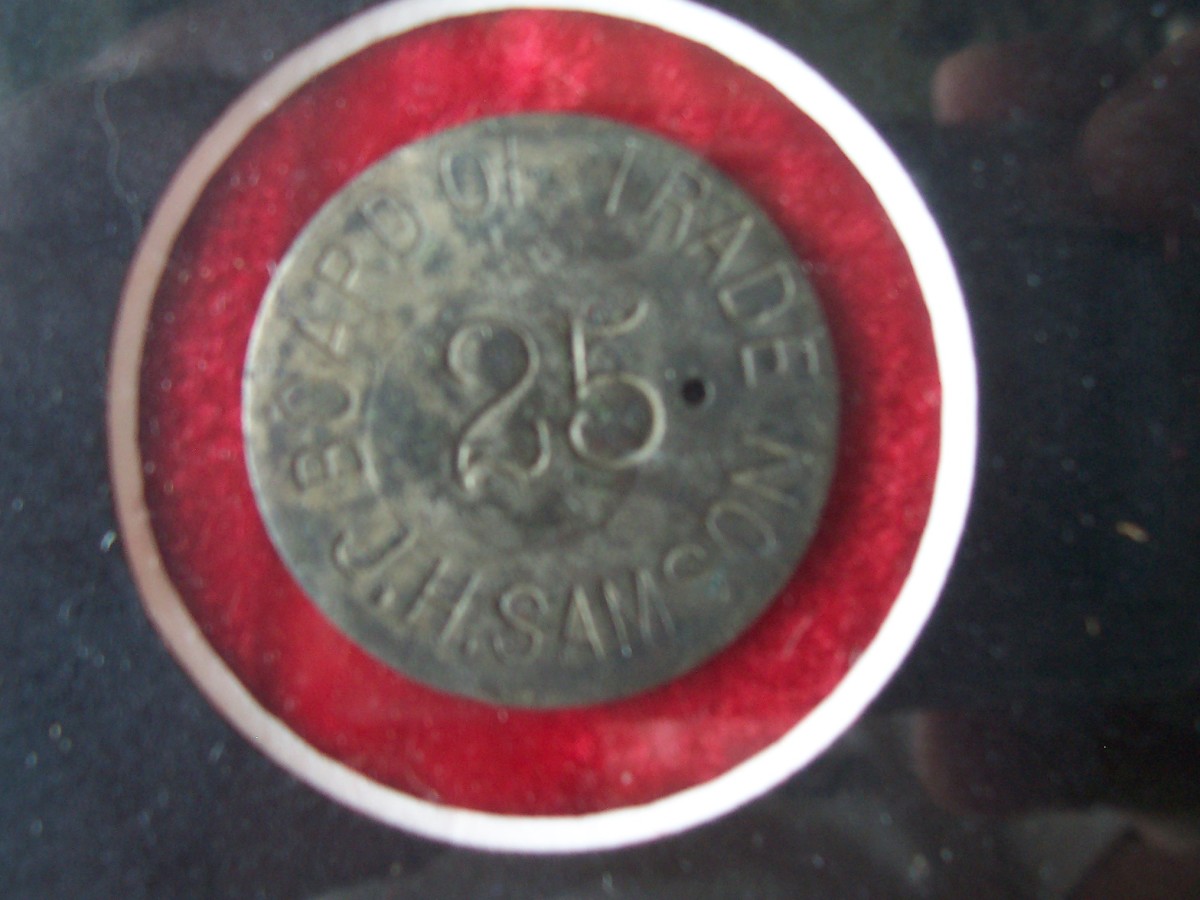The "Mego 8-inch Super-Heroes Worlds Greatest Toys!" Book Perfectly Chronicles Old-Time 1970's Toy Collecting
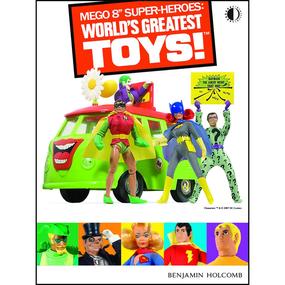
The Avengers: Age of Ultron and the forthcoming Batman v. Superman: Dawn of Justice both give toy collectors - young and old ones - a lot of joy. The toys featuring these various Marvel and D.C. superheroes are genuinely well made and capture the feel of the movies.
Are there any superhero toys, past or present, that capture the wonder of Mego Toys? No way. Mego Superhero Toys were a cultural phenomenon in the 1970s. In a fantastic book published by TwoMorrows Publishing, fans of the classic toys can read the Marvel and D.C. toys' entire history.
"Mego 8-inch Super-Heroes Worlds Greatest Toys!" by Benjamin Holcomb is a must for any Generation X'er who grew up with fond memories of the toys and their various great commercials.
All The Fine Points of a Very Fine Mego History Book
"Mego 8-inch Super-Heroes Worlds Greatest Toys!" is a passionate, well-crafted publication that combines amazingly detailed historical text with excellent pictures and illustrations along with personal recollections. Far from a dry reference book, the release presents many things of interest, including:
- A fly-on-the-wall view of how a toy company in the 1970's operated. Things were a lot different during the "Me Decade". Yes, licensing and other legal agreements had to be negotiated and signed. Executives did have to run a tight and serious ship. The difference between now and then was the businesses were not "corporate" like they are today. Marvel and D.C. were not owned by Disney and Time-Warner in those days. They were smaller in size and scope and, hence, more accessible to smaller companies such as Mego, which was a quaint company in many respects.
- Glimpses of the pre-internet, pre-social media era of promotions. The long-lost concept of putting together Christmas season print catalogs to herald the arrival of new toys is given a chapter on its own. Those who have an interest in marketing history are going to find this chapter to be intriguing reading. A lot of work went into putting these catalogs together.
- Photos from personal family collections featuring the Christmas-time upwrapping of presents housing Mego dolls. These heartfelt photographs truly do capture the wonder of the era and would never be seen had it not been for this book.
- A rare look at the Montgomery Ward-exclusive Secret Identity outfits. These unique toys featuring Clark Kent, Bruce Wayne, and Peter Parker aren't remembered since they were not mass-market releases.
- An appreciation for the television commercials that helped stimulate kid's imaginations and get them to beg their parents to purchase the dolls.
Benjamin Holcomb far exceeded all expectations with this excellent book. While not the first and only book on Mego toys, it may go down in toy collecting publishing history as the best.
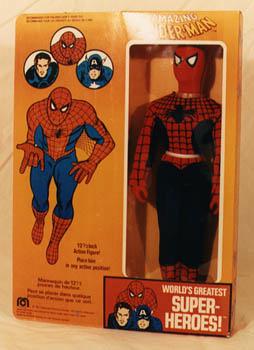
The Big Sellers
The book does cover the financial success of the toys and how they were packaged for retail stores. When a box was shipped to a store, the top sellers reflected the bulk of the dolls in the box, with the lesser sellers being delivered in smaller units.
Since Mego sales were massive in the early 1970s (6 million toys sold in one year alone), stores were required to purchase high volumes of orders to compensate in case supply ran short at a later time. Little forgotten details like this are revisited in the book - a nice touch!.
Do not think that Mego made colossal money with these toys overnight. The toys debuted in 1972 and lost $35,000 in 1973, and then went on to achieve a $1 million profit in 1974.
Two characters sold big for Mego and were the "superstars" of the line from their initial release until the dark darks when the toys ceased to be popular. No shocks arrive when the names of the two characters receive a reveal. Batman and Spider-Man topped the sales charts. In addition to being the top titles for Marvel and D.C. Comics, both had two hugely popular 1960's shows in syndication. The live-action Batman and the animated Spider-Man TV programs indeed did a lot to keep kids interested in the heroes and help move those sales figures.
Batman and Spider-Man were the headliners, and they established the popularity of Mego Toys, opening the door for lesser-but-decent sales for other heroes as well as villains and accessories.
Side note: Holcomb mentions the notoriously silly Spider-Mobile toy and repeats Mego's mantra that Stan Lee came up with the goofy idea. Stan Lee and Marvel always blame Mego. Honestly, a car tie-in makes sense when trying to sell a toy. Giving Spider-Man a Batmobile rip-off in his comic book was a real editorial embarrassment.
The Batmobile toy was a dependable seller for Mego. The vehicles for Spider-Man and Captain America, not so much.
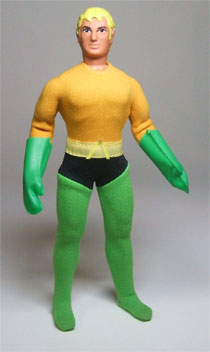
And Mego Had Some Flops
The book is an honest one and does provide insights into the toys that didn't spark imaginations or ring up all that many sales. Chronicling Mego disappointments allows the book to maintain credibility and capture the true story of Mego's superhero line's rise and fall.
Not all Mego releases were successful, and low sales figures should be expected when the hero the toy is based on is not all that popular. Aquaman was hardly going to set sales records, but the toy remained in production throughout the 1970s. The old Filmation television series was released in syndication, and Saturday morning featured Aquaman on the wildly popular Superfriends television show. Aquaman was never really all that popular on the cartoons either, but he added another item to the toy line. High hopes existed for the Aquaman vs. Great White Shark kit, a poorly put together kit that hoped to cash in on the release of Jaws 2. It didn't. Ironically, the kit fetches upwards of $9,000 in collector circles since it is so rare. (Most were probably unsold and thrown away)
Captain America never sold well, and this is not too much of a shock. He didn't have a TV program supporting him, barring the late 1970's TV movies that anyone barely saw. His comic book sales were lackluster in the 1970s as well. The 1960s Captain America cartoons, while fun, fell off the syndication radar in the 1970s, likely due to the limited animation style.
Superman never sold great. No shock here. Although an iconic character, sales of the comics were up-and-down. Some decades saw tremendous sales, and other decades saw declines. The character was just a little too old-fashioned to capture the emotions that led kids "have to have" a Superman doll circa 1975.
Tarzan was a flop. Why on earth was there a decision to even produce a Tarzan doll? The toy lasted until 1976, when it was put out of its misery and discontinued.
Thankfully for the company, the Mego toys that did sell well more than made up for the misfires.
Those Glorious Television Commercials
The craftsmanship that went into producing Mego toys played a considerable role in their success. Mego certainly did not make cheap merchandise. What put the toys over the top were those great television commercials. The classic promotional films that aired during Saturday morning cartoon blocks brought playing with the toys alive. Kids could see other kids having fun and wanted to be a part of the imaginative festivities. These old 16mm films were hardly special effects extravaganzas. They did their job in a simple and massively effective way.
The cultural impact of the television commercials is not given a lot of space in the book, which is a shame. The commercials were a marvelous and unforgettable part of the 1970's television landscape.
Buying the Book
"Mego 8-inch Super-Heroes Worlds Greatest Toys!" by Benjamin Holcomb is a must-have for anyone who loves Mego toys and has those old Gen X memories of being a kid in the 1970s. Mego toys, Aurora models, and G.I.Joe dolls all have great books written about them, and this one is a perfect addition to any toy historian's collection. The print version is long sold out, but the digital version can be purchased at TwoMorrows' website for $13.95.
More than a mere history book, the work is a cultural timepiece.

